Let’s find a better way to manage your receivables

Failure to collect accounts receivable (AR) in a timely manner can lead to myriad financial problems for your company, including poor cash flow and the inability to pay its own bills. Here are five effective ideas to facilitate more timely collections:
1. Create an AR aging report. This report lets you see at a glance the current payment status of all your customers and how much money they owe. Aging reports typically track the payment status of customers by time periods, such as 0–30 days, 31–60 days, 61–90 days and 91+ days past due.
Armed with this information, you’ll have a better idea of where to focus your efforts. For example, you can concentrate on collecting the largest receivables that are the furthest past due. Or you can zero in on collecting receivables that are between 31 and 60 days outstanding before they become any further behind.
2. Assign collection responsibility to a sole accounting employee. Giving one employee the responsibility for AR collections ensures that the “collection buck” stops with someone. Otherwise, the task of collections could fall by the wayside as accounting employees pick up on other tasks that might seem more urgent.
3. Re-examine your invoices. Your customers prefer bills that are clear, accurate and easy to understand. Sending out invoices that are sloppy, vague or inaccurate will slow down the payment process as customers try to contact you for clarification. Essentially you’re inviting your customers to not pay your invoices promptly.
4. Offer customers multiple ways to pay. The more payment options customers have, the easier it is for them to pay your invoices promptly. These include payment by check, Automated Clearing House, credit or debit card, PayPal or even text message.
5. Be proactive in your billing and collection efforts. Many of your customers may have specific procedures that must be followed by vendors for invoice formatting and submission. Learn these procedures and follow them carefully to avoid payment delays. Also, consider contacting customers a couple of days before payment is due (especially for large payments) to make sure everything is on track.
Lax working capital practices can be a costly mistake. Contact us to help implement these and other strategies to improve collections and boost your revenue and cash flow. We can also help you with strategies for dealing with situations where it’s become clear that a past-due customer won’t (or can’t) pay an invoice.
© 2019










